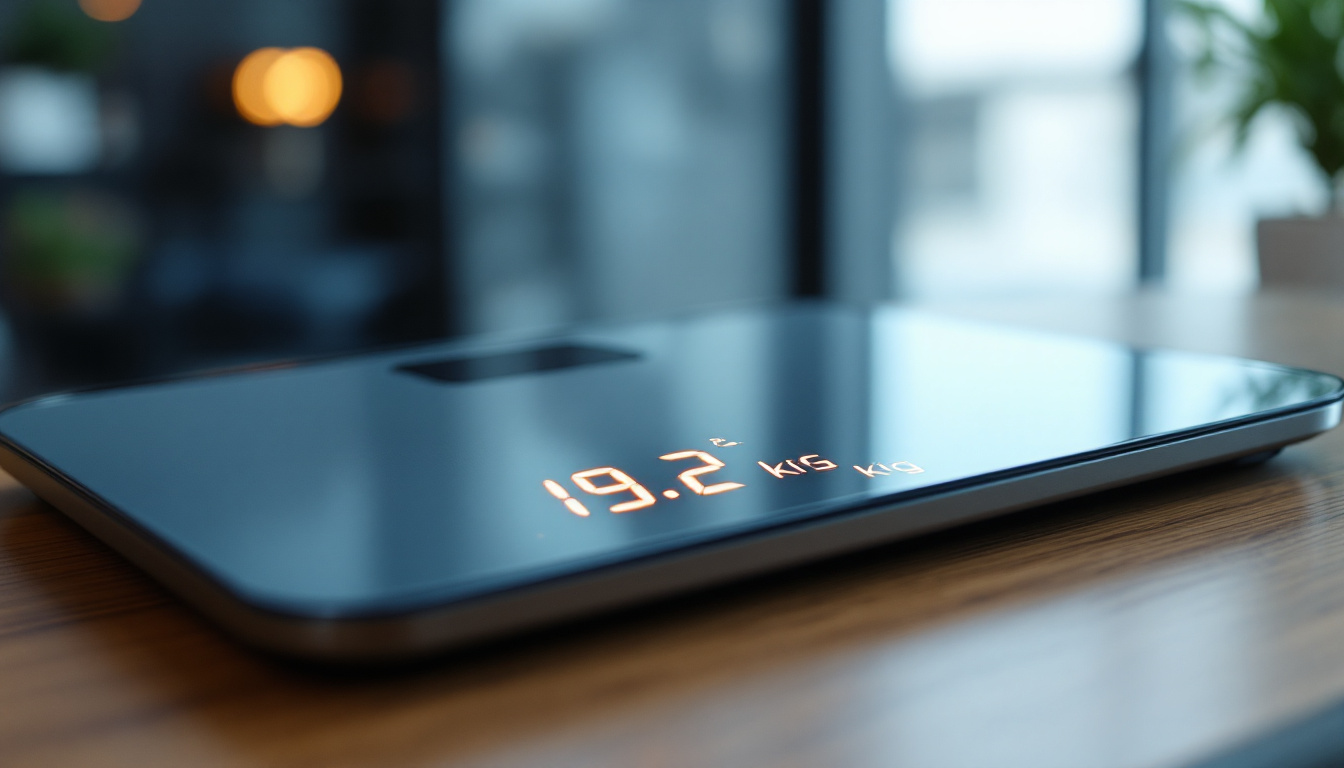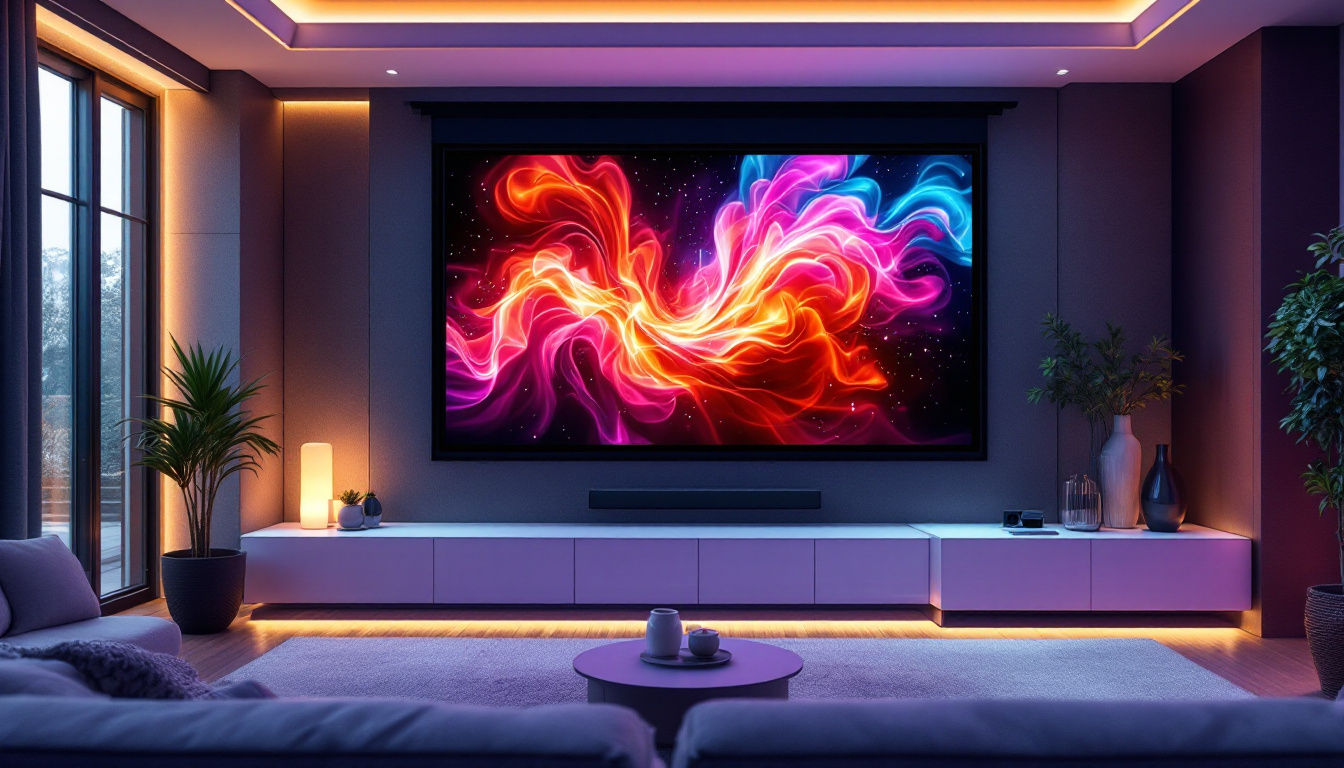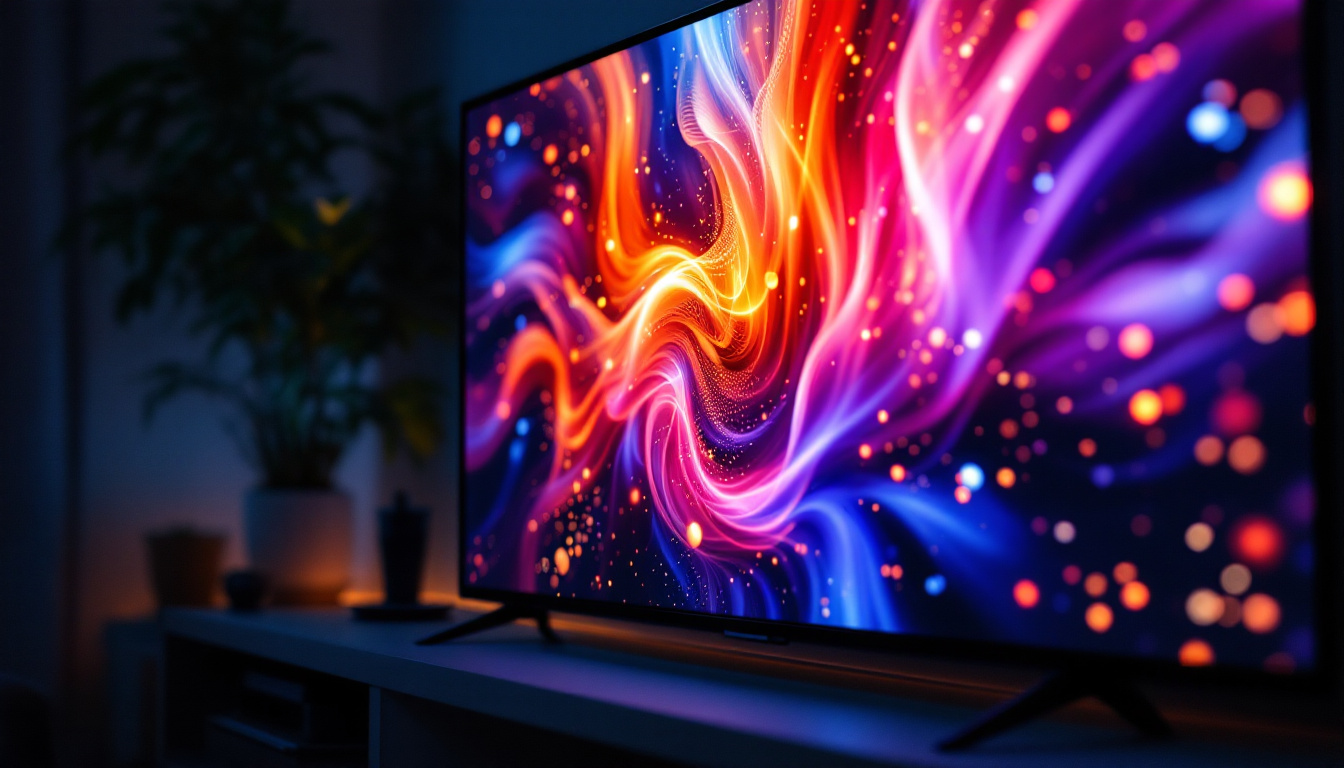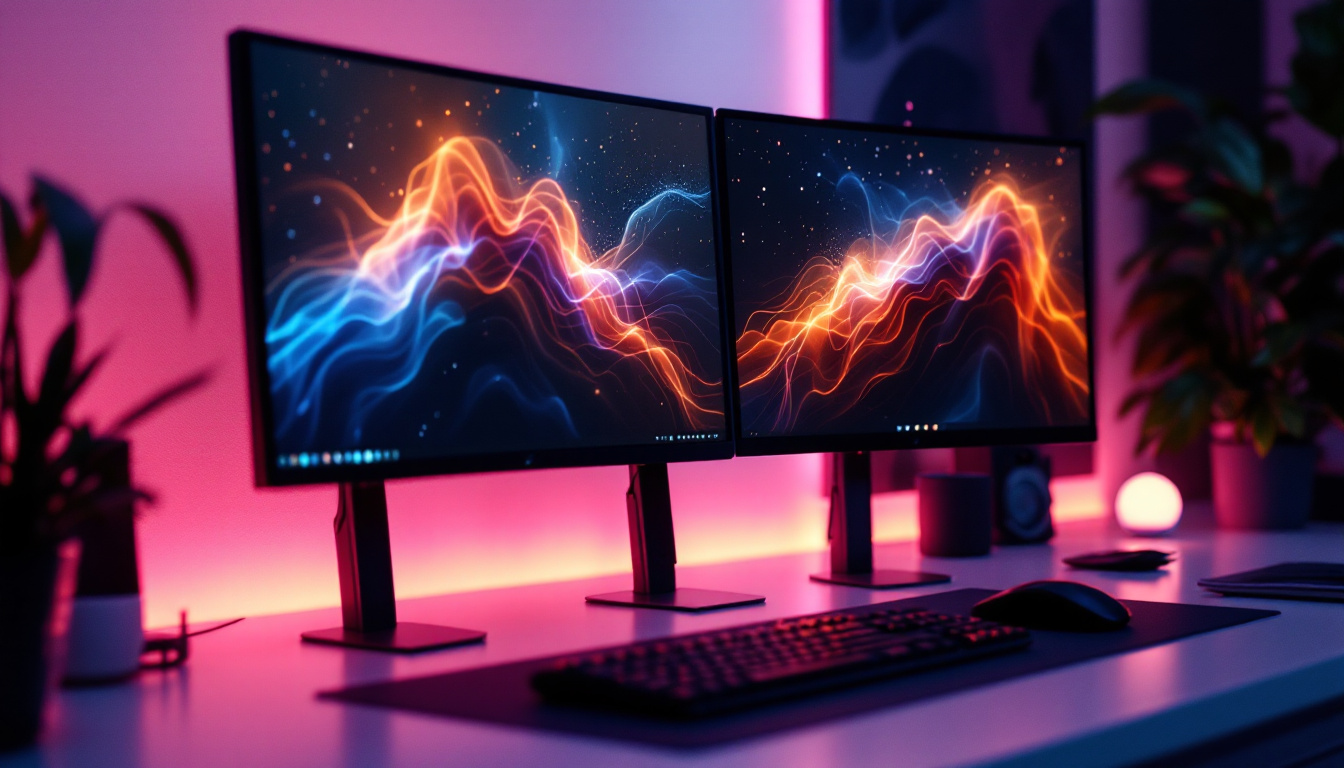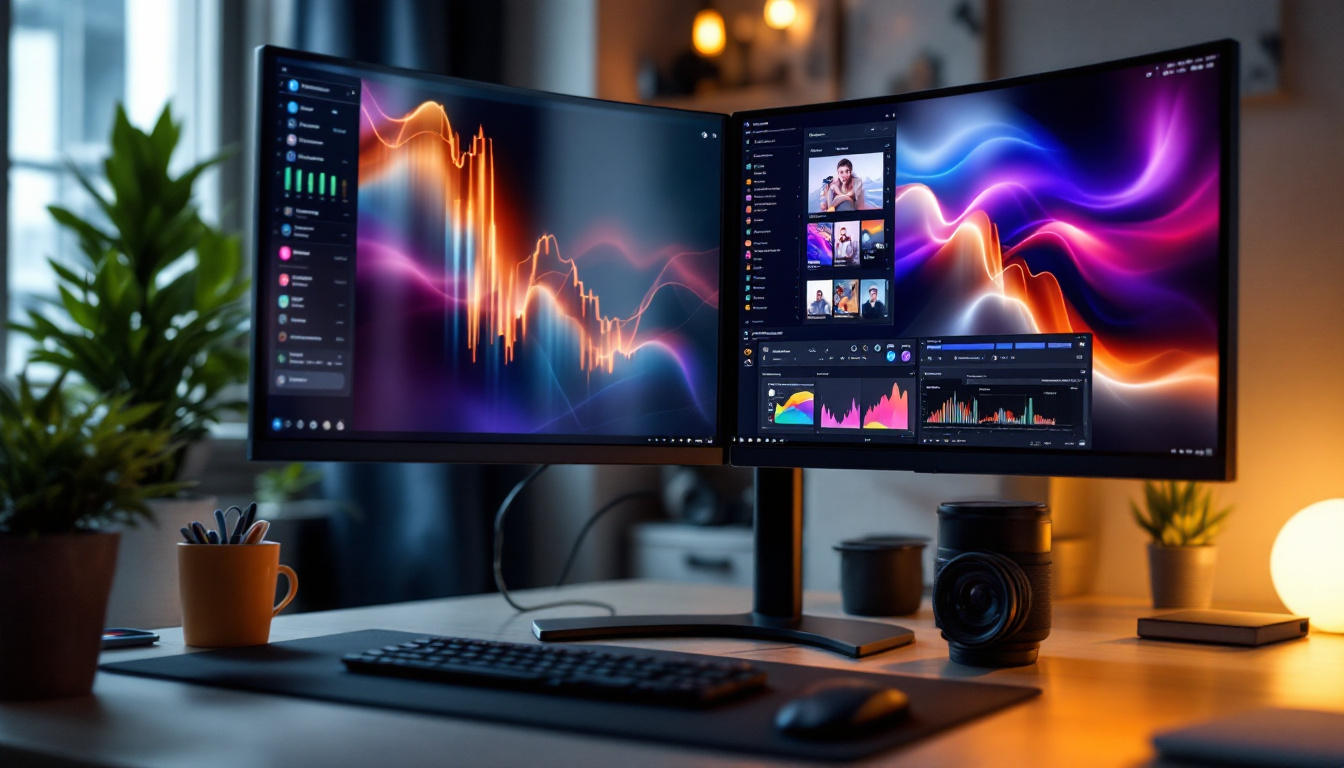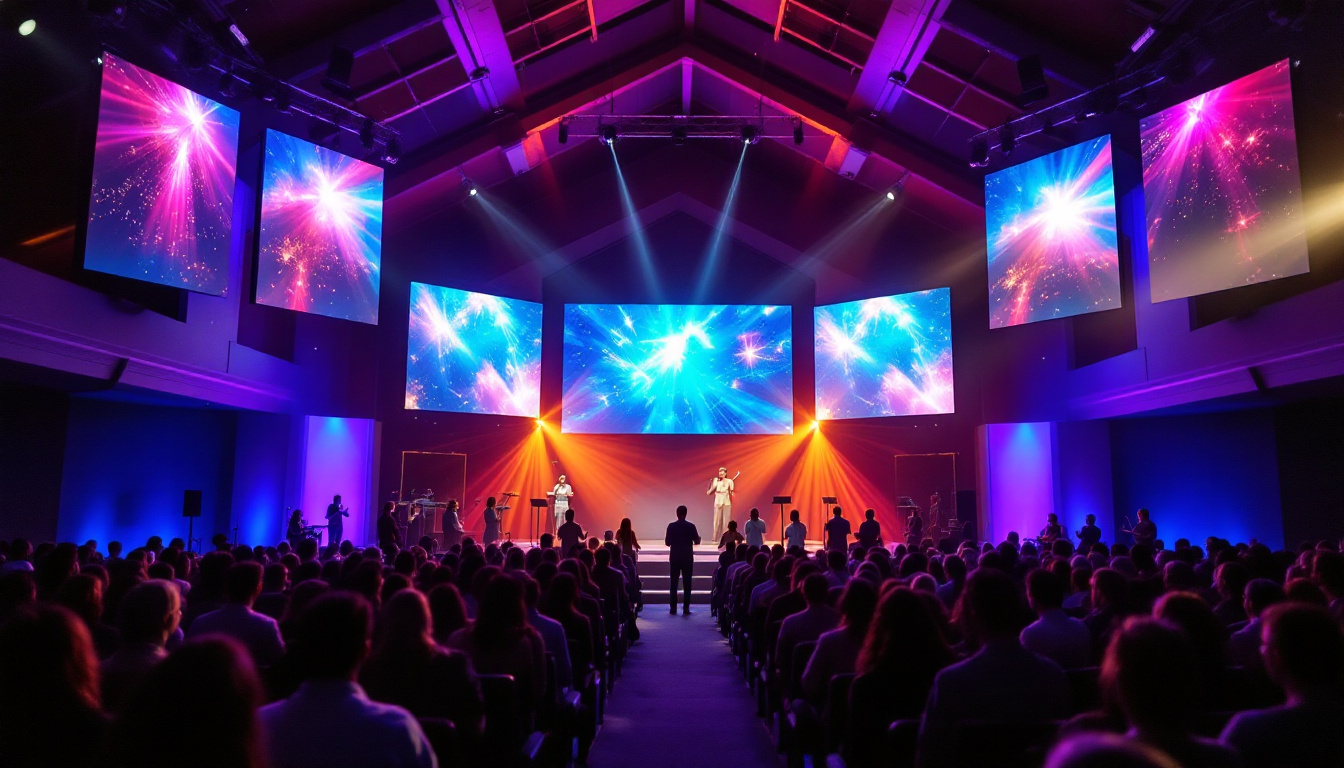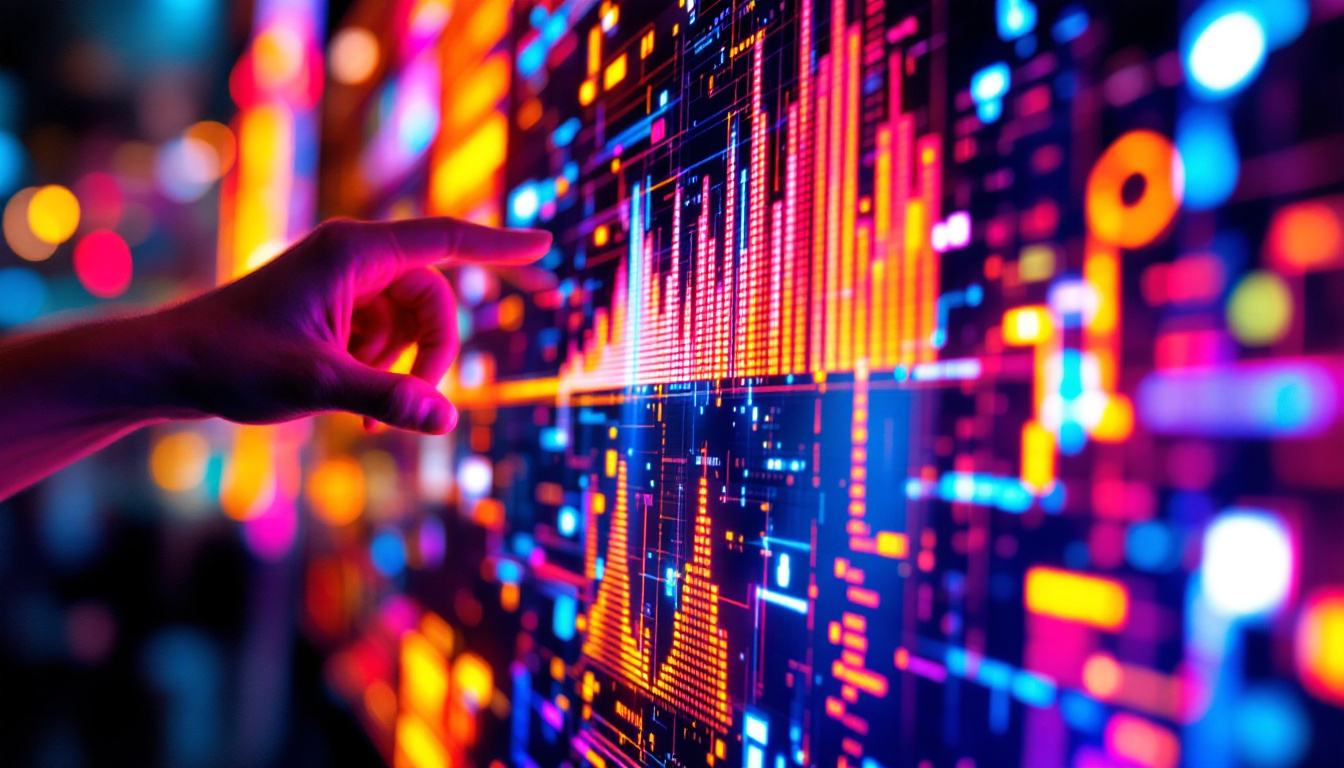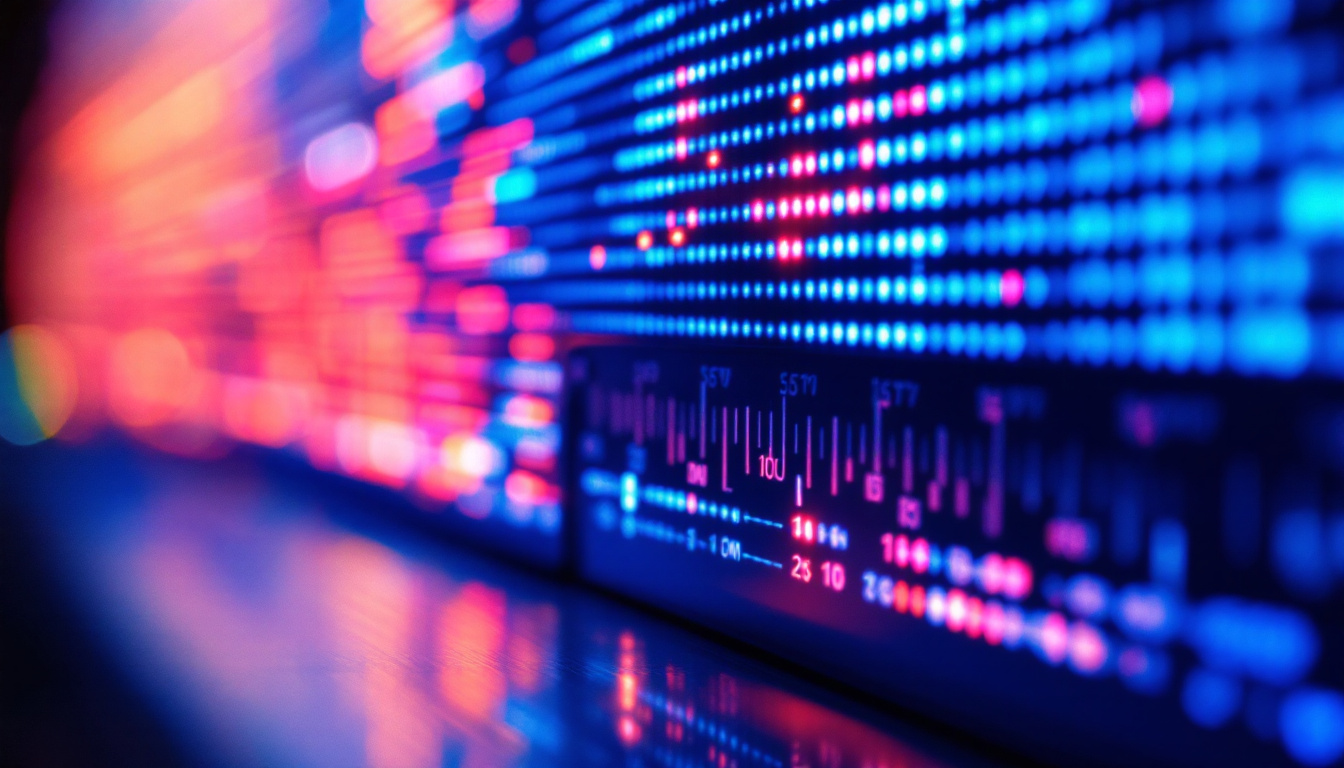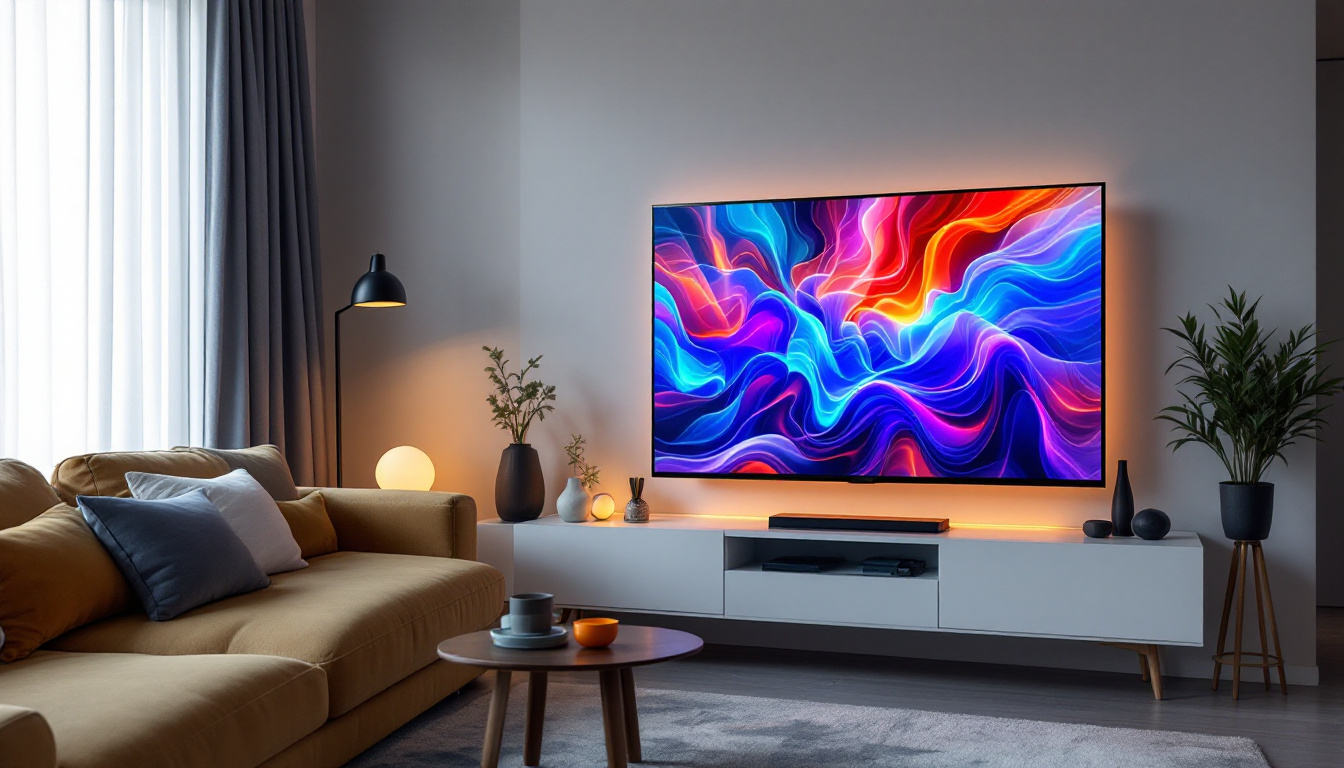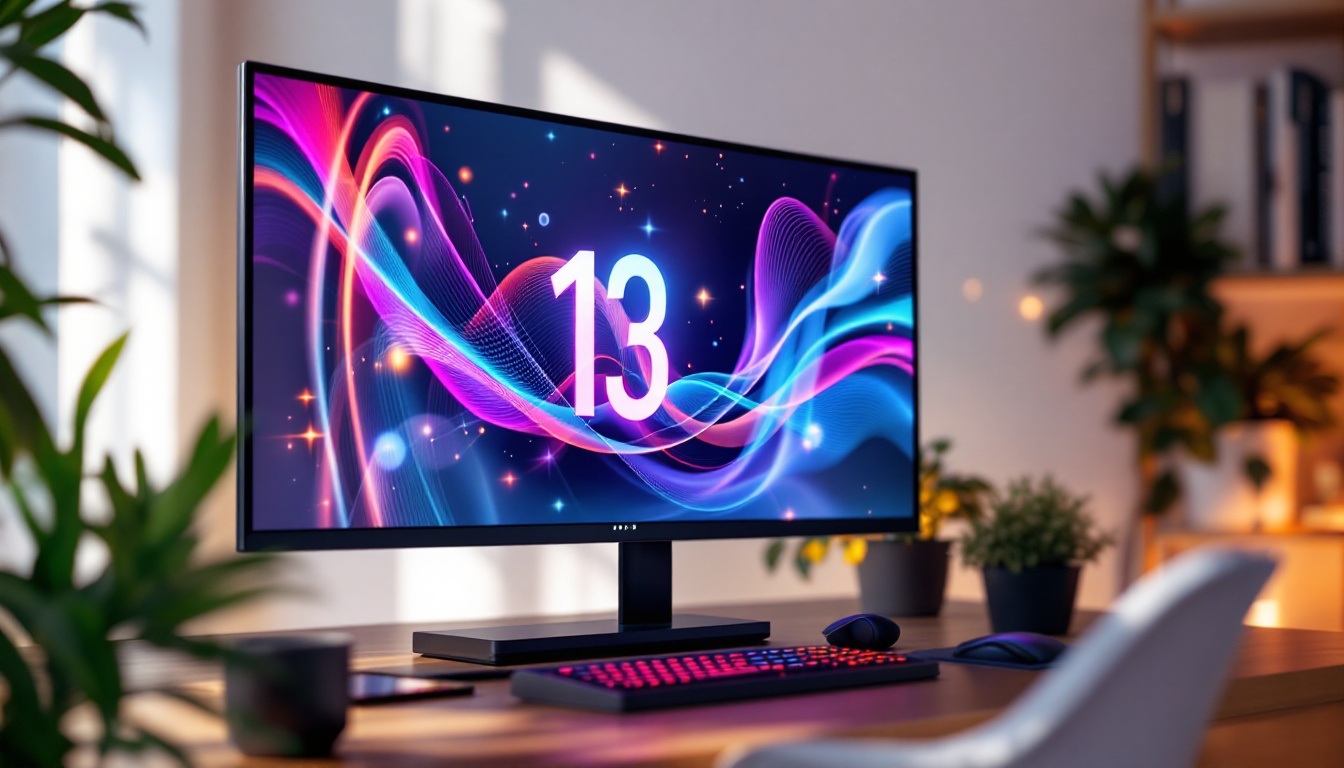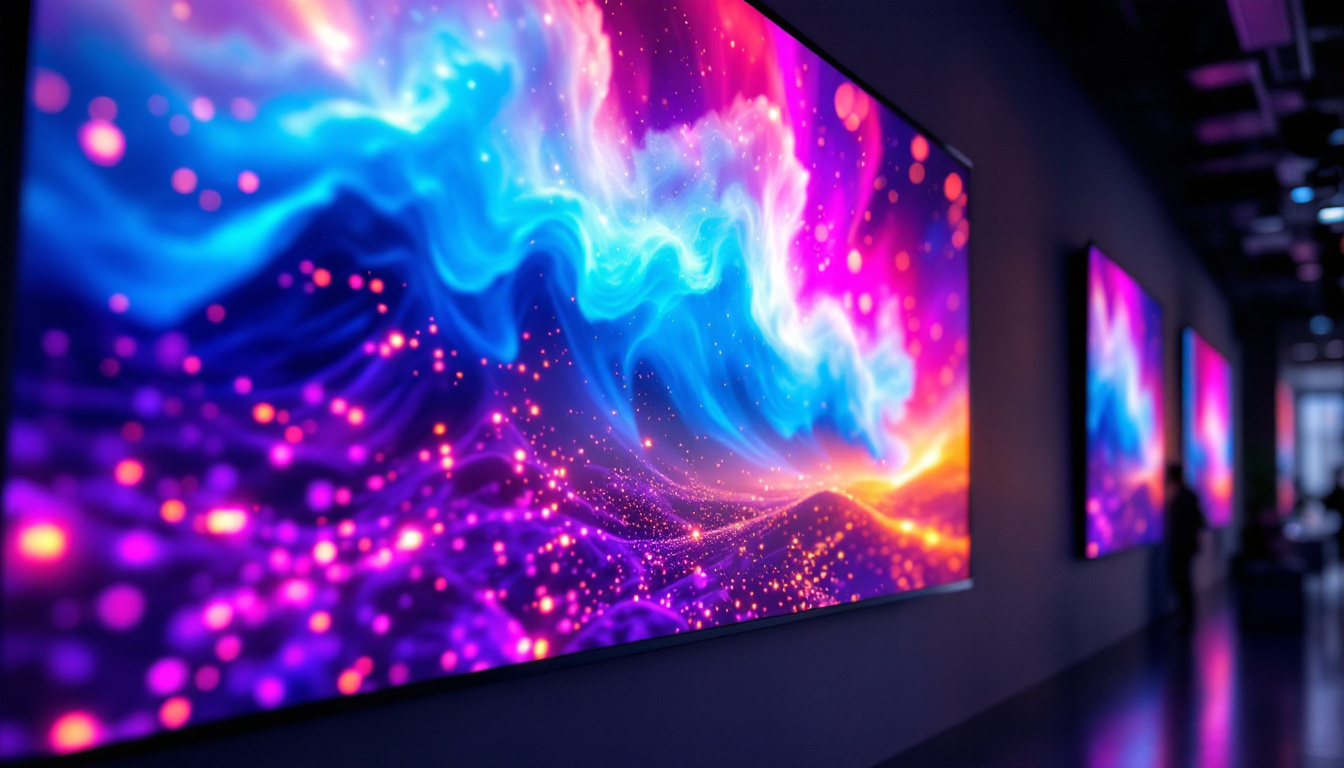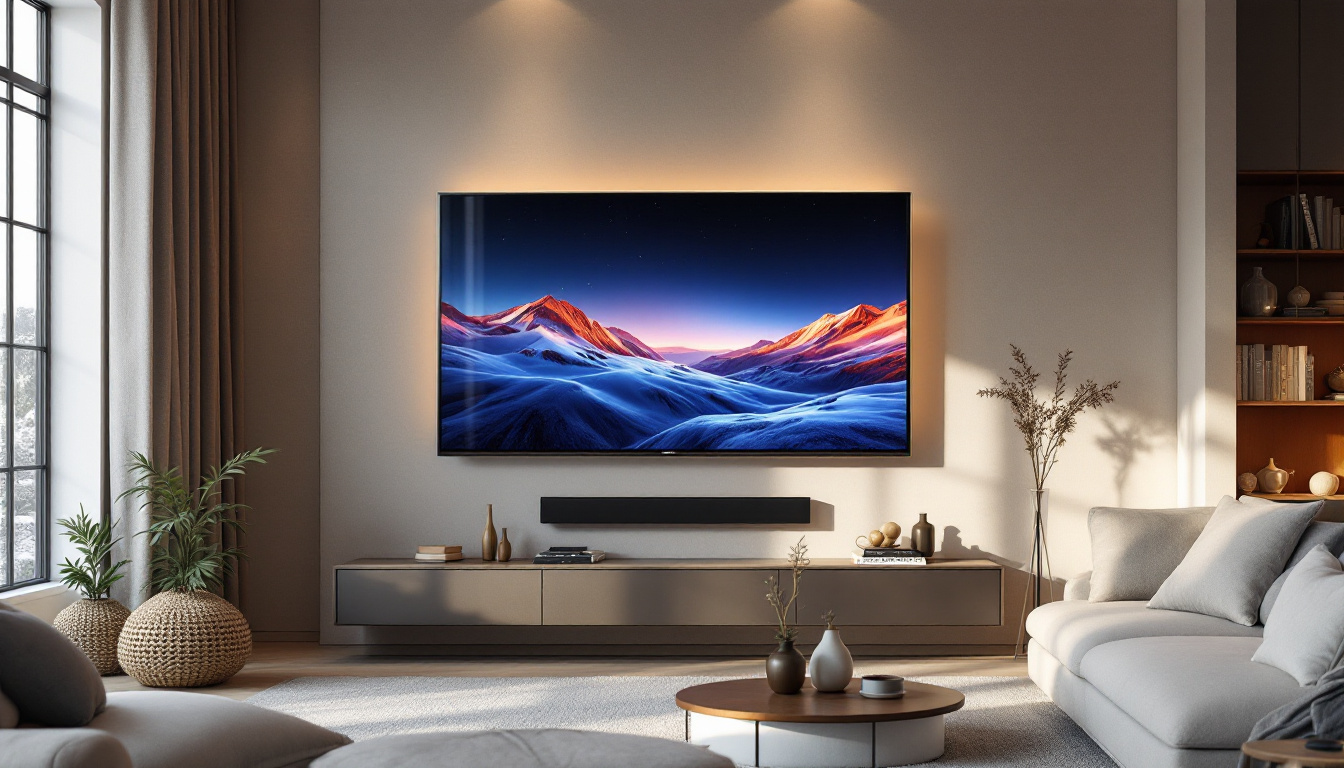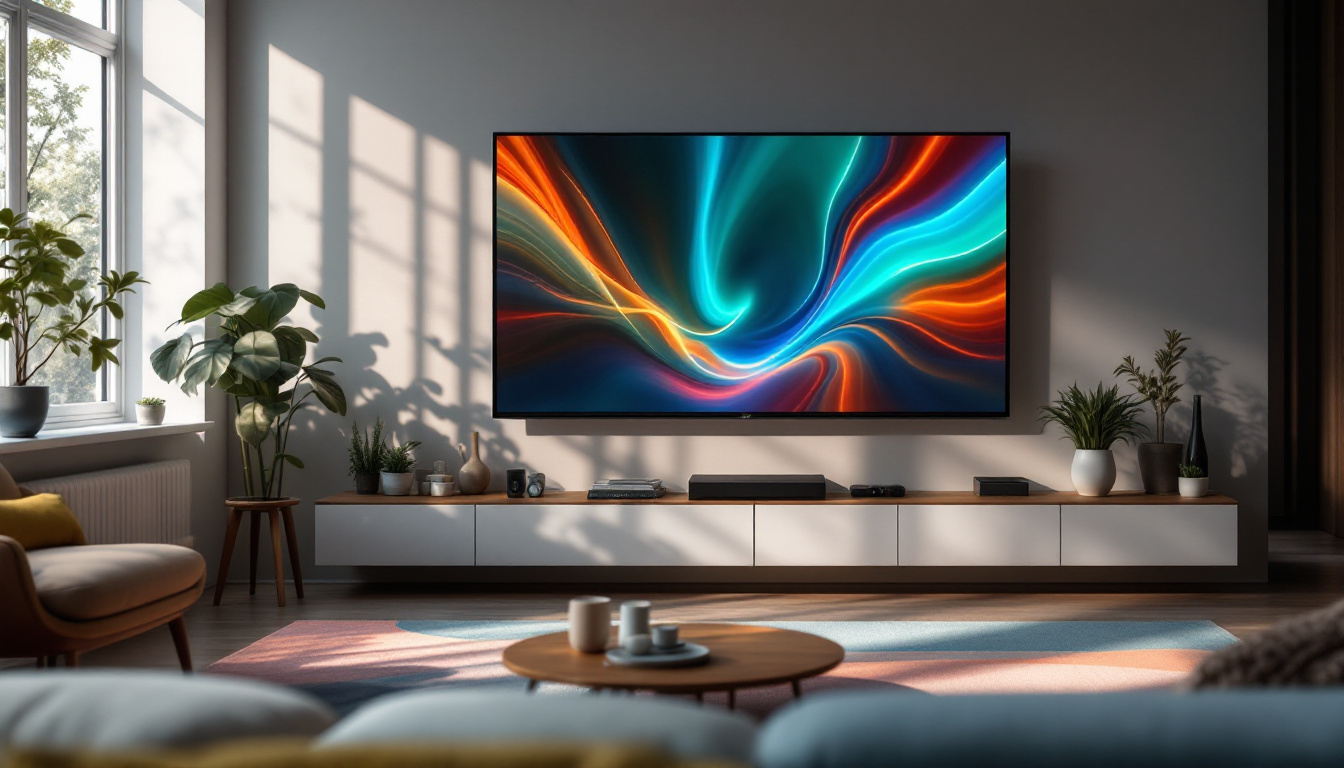In today’s world, where precision and clarity are paramount, the ability to convert units of measurement seamlessly is essential. One common conversion that often arises is from pounds to kilograms. This article will delve into the specifics of converting 19.2 pounds to kilograms, while also exploring the role of LED displays in showcasing such conversions. Understanding these concepts not only enhances knowledge but also aids in practical applications across various fields.
Understanding the Pound to Kilogram Conversion
The pound (lbs) and kilogram (kg) are both units of mass, but they belong to different measurement systems. The pound is part of the imperial system, primarily used in the United States, while the kilogram is part of the metric system, which is widely adopted around the globe. This difference can lead to confusion when trying to convert measurements, especially in scientific, culinary, or fitness contexts. For instance, a recipe developed in the U.S. may list ingredients in pounds, while a chef in Europe might prefer measurements in kilograms, necessitating accurate conversions to ensure the dish turns out as intended.
The Conversion Formula
To convert pounds to kilograms, a straightforward formula can be employed: 1 pound is approximately equal to 0.453592 kilograms. Therefore, to convert 19.2 pounds to kilograms, one would multiply 19.2 by 0.453592. This calculation yields a precise result, which is crucial for accuracy in various applications. Understanding this formula not only aids in personal projects but also enhances communication in global contexts, where standardization of measurements is essential for clarity.
Calculating 19.2 Pounds in Kilograms
Using the formula mentioned, the conversion of 19.2 pounds to kilograms can be calculated as follows:
19.2 lbs × 0.453592 = 8.717 kg
This means that 19.2 pounds is equivalent to approximately 8.717 kilograms. Such conversions are particularly useful in contexts where weight needs to be measured in a more universally accepted format, such as in international shipping, scientific research, or nutrition. For example, in the field of nutrition, understanding the weight of food items in kilograms can facilitate better dietary planning and adherence to health guidelines, especially when dealing with international food products that list their nutritional information in metric units.
Moreover, in fitness and weight training, many gym-goers and athletes might track their progress in pounds, while trainers and nutritionists often prefer kilograms for their calculations. This duality can create a need for quick mental conversions or the use of conversion tools. For those engaged in sports that have international competitions, being able to convert weights accurately can be vital for meeting weight class requirements and ensuring compliance with regulations set by governing bodies.
The Importance of Accurate Measurements
accurate measurements are crucial in many fields, from healthcare to engineering. Inaccuracies can lead to significant consequences, whether it be in medication dosages, material specifications, or dietary plans. Therefore, understanding how to convert between different units of measurement is not just a matter of convenience; it can be a matter of safety and efficacy.
Applications in Healthcare
In the healthcare sector, weight measurements are pivotal. For instance, medications are often prescribed based on a patient’s weight. If a healthcare professional uses pounds instead of kilograms, it could lead to incorrect dosages, putting the patient at risk. Thus, having a clear understanding of the conversion process is essential for medical practitioners. Moreover, the importance of accurate measurements extends beyond medications; it also plays a vital role in the interpretation of diagnostic tests and imaging results. For example, the precision in measuring blood pressure or blood glucose levels can significantly influence treatment plans and patient outcomes. Even small errors in measurement can lead to misdiagnoses or inappropriate treatments, underscoring the need for rigorous training and adherence to standardized measurement protocols in clinical settings.
Engineering and Manufacturing
In engineering and manufacturing, precise weight measurements are critical for ensuring that components fit together correctly and function as intended. A discrepancy in weight can lead to structural failures or inefficiencies in production. Engineers often rely on accurate conversions to maintain quality and safety standards. Additionally, the integration of technology in these fields has further emphasized the need for accuracy. With the advent of computer-aided design (CAD) and advanced manufacturing techniques, even minute variations in measurements can lead to significant deviations in the final product. For instance, in aerospace engineering, where every gram counts, precise weight measurements are essential for optimizing fuel efficiency and ensuring safety in flight operations. Furthermore, the global nature of manufacturing means that engineers must be adept at converting measurements across various systems, whether metric or imperial, to collaborate effectively with international partners and suppliers.
LED Displays: A Modern Solution for Weight Conversion
LED displays have become increasingly popular for showcasing various types of information, including weight conversions. These displays are not only visually appealing but also provide real-time data that can be easily read and interpreted. This section will explore how LED technology enhances the presentation of weight conversions.
How LED Displays Work
LED (Light Emitting Diode) displays operate by using semiconductor technology to emit light when an electric current passes through them. This technology allows for bright, clear displays that can be seen from a distance. In the context of weight measurement, LED displays can show conversions in a straightforward manner, making it easy for users to understand the information presented. The integration of microcontrollers in these displays enables them to process input data rapidly, ensuring that weight conversions are not only accurate but also instantaneous, which is crucial in fast-paced environments.
Advantages of Using LED Displays for Weight Measurements
One of the primary advantages of LED displays is their ability to present information in real-time. For instance, a digital scale equipped with an LED display can instantly show the weight in both pounds and kilograms, allowing users to quickly switch between units as needed. This feature is particularly beneficial in environments such as gyms, laboratories, and kitchens, where quick and accurate measurements are essential. The bright, high-contrast visuals of LED displays also reduce the chances of misreading the information, which can be critical when precision is paramount.
Moreover, LED displays are energy-efficient and have a long lifespan, making them a cost-effective solution for businesses and individuals alike. Their durability also means they can withstand various environmental conditions, further enhancing their usability in diverse settings. In addition to their practical benefits, LED displays can be customized in terms of color and size, allowing businesses to create a cohesive branding experience or cater to specific user needs. For example, a weight conversion display in a fitness center might use vibrant colors to attract attention, while a laboratory might opt for a more subdued palette to maintain a professional atmosphere.
Furthermore, the integration of smart technology with LED displays is paving the way for innovative features such as wireless connectivity and data logging. This advancement allows users to track their weight measurements over time, providing valuable insights into their progress. In industries where weight accuracy is critical, such as shipping and logistics, these smart LED displays can automatically update and transmit data to central systems, streamlining operations and reducing the potential for human error. As technology continues to evolve, the role of LED displays in weight conversion and measurement will likely expand, offering even more sophisticated solutions for a variety of applications.
Practical Uses of Weight Conversions
Understanding weight conversions and the technology that facilitates them has practical implications in various fields. From cooking to fitness, accurate weight measurements can significantly impact outcomes.
Culinary Applications
In the culinary world, recipes often require precise measurements for ingredients. Many recipes from different countries may use different units of measurement, making conversions necessary for successful cooking. For instance, a recipe calling for 19.2 pounds of flour would need to be converted to kilograms for a chef in a metric-using country. This ensures that the dish turns out as intended, maintaining the desired flavor and texture. Additionally, professional chefs often experiment with ingredient ratios, where even a slight deviation in weight can alter the final product. This is particularly true in baking, where the chemistry of the ingredients plays a crucial role in achieving the perfect rise and crumb structure.
Moreover, weight conversions can also aid home cooks in scaling recipes up or down depending on the number of servings required. For example, if a recipe designed for four people needs to be adjusted for a larger gathering, knowing how to convert weights accurately allows for consistent results, regardless of the batch size. This skill not only enhances culinary creativity but also minimizes food waste, as cooks can prepare just the right amount of food needed for any occasion.
Fitness and Nutrition
In fitness and nutrition, understanding body weight in both pounds and kilograms can help individuals track their progress more effectively. Many fitness programs and dietary plans provide guidelines based on kilograms, which can be confusing for those accustomed to pounds. By utilizing conversion tools or LED displays, individuals can easily monitor their weight and make informed decisions about their health. Additionally, fitness apps often incorporate weight tracking features that allow users to visualize their journey over time, making it easier to stay motivated and committed to their goals.
Furthermore, weight conversions are essential when it comes to understanding nutritional information, as many food labels provide data in grams or kilograms. For those looking to maintain a balanced diet, being able to convert these measurements into more familiar units can help in portion control and meal planning. For instance, knowing that 100 grams of chicken is approximately 0.22 pounds can assist someone in ensuring they are meeting their protein intake goals without the need for complex calculations. This seamless integration of weight conversions into daily routines supports healthier lifestyle choices and fosters a greater awareness of nutrition.
Conclusion
Understanding the conversion of 19.2 pounds to kilograms is more than just a mathematical exercise; it is a vital skill that has practical applications across various fields. Whether in healthcare, engineering, cooking, or fitness, accurate weight measurements are essential for safety and effectiveness. The advent of LED displays has further simplified this process, providing clear and immediate information that enhances user experience.
As technology continues to evolve, the integration of accurate measurements and user-friendly displays will undoubtedly play a crucial role in various industries. Embracing these advancements not only improves efficiency but also fosters a greater understanding of the importance of precise measurements in everyday life.
In conclusion, whether one is converting 19.2 pounds to kilograms or utilizing LED technology to present weight data, the importance of accuracy and clarity cannot be overstated. By mastering these conversions and understanding the tools available, individuals can navigate the complexities of measurement with confidence.
Discover LumenMatrix LED Display Solutions
As you consider the importance of accurate conversions and the role of technology in enhancing clarity, take the next step with LumenMatrix. Our innovative LED display technology offers a range of solutions, from Indoor and Outdoor LED Wall Displays to specialized options like Vehicle, Sports, and Floor LED Displays. With LumenMatrix, experience the power of visual communication through advanced digital signage that captivates audiences and elevates your message. Check out LumenMatrix LED Display Solutions today and transform the way you present information with precision and impact.

